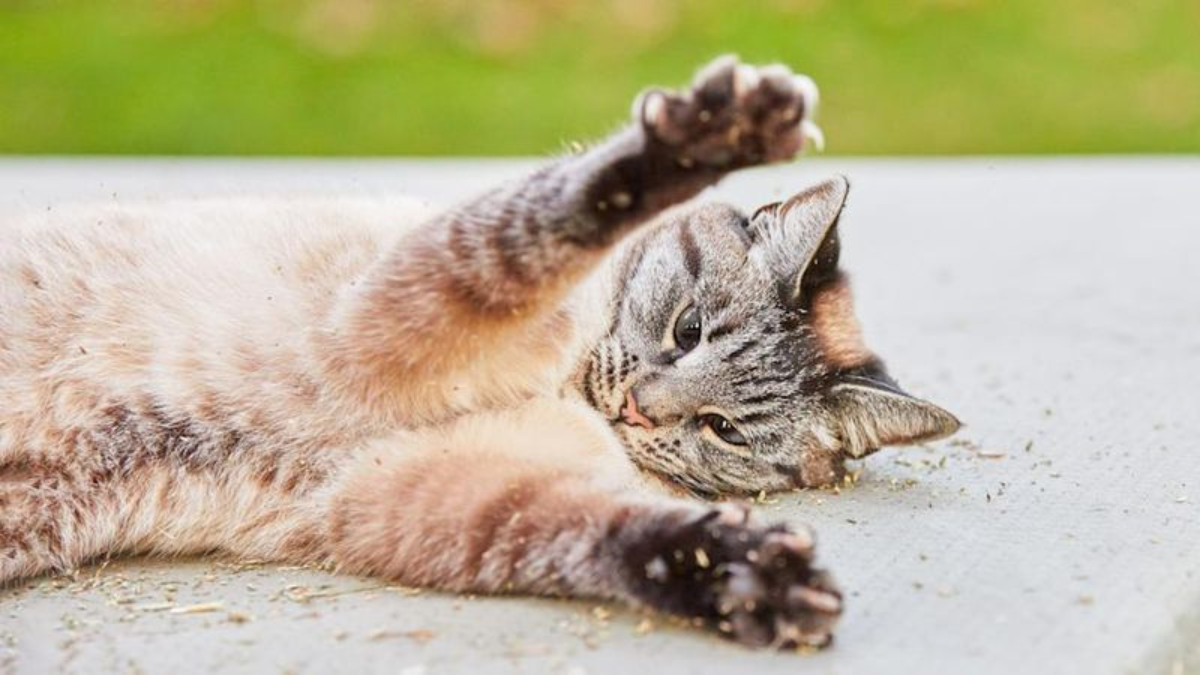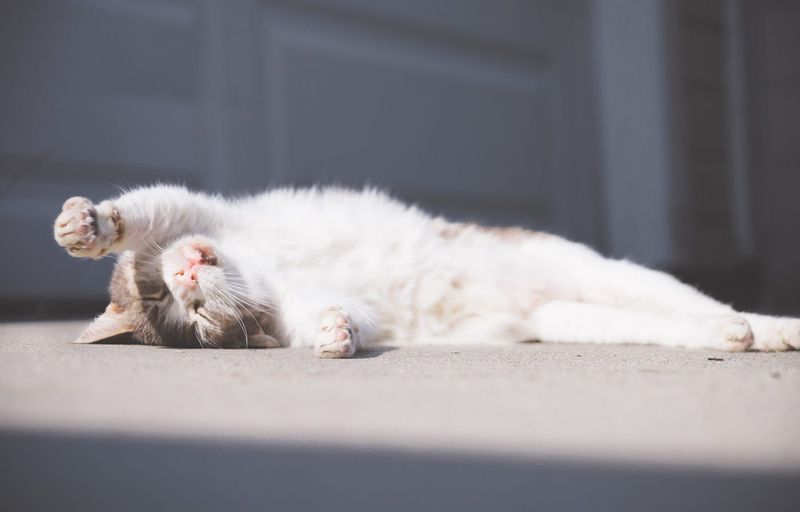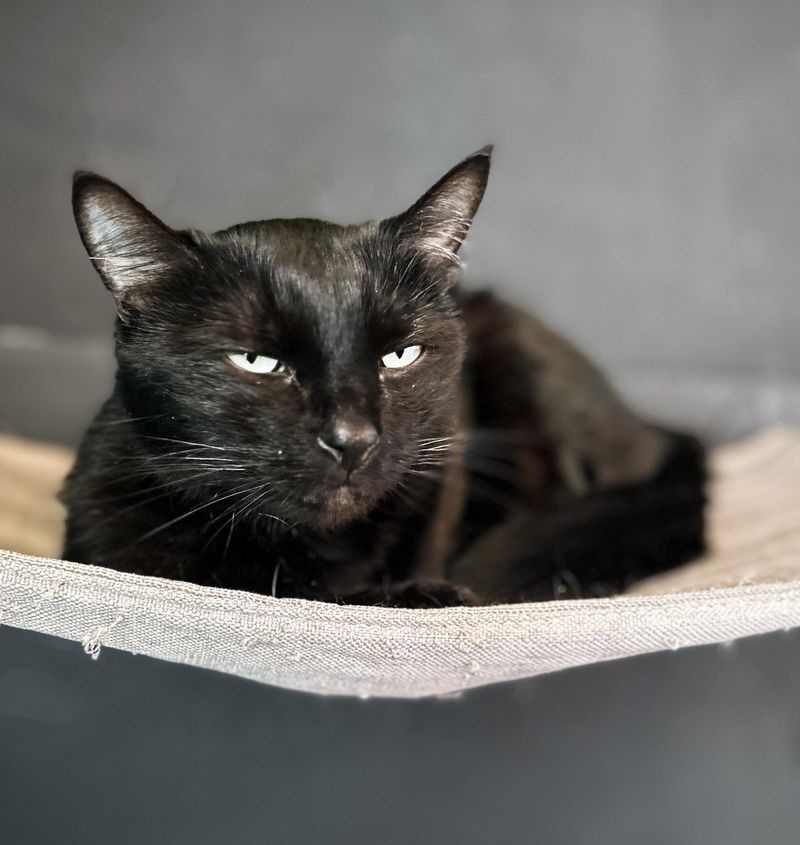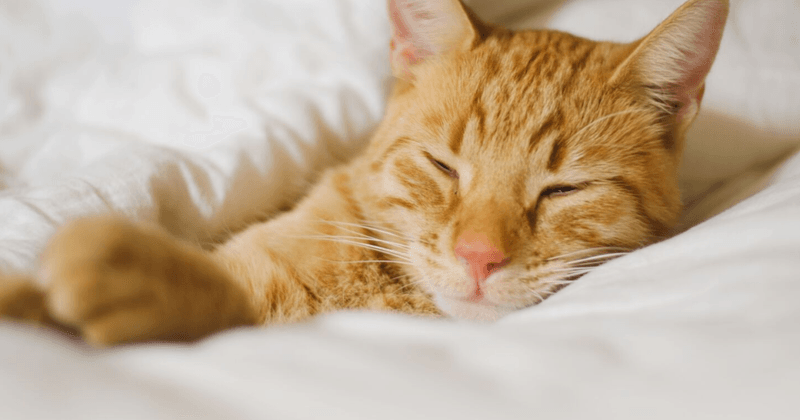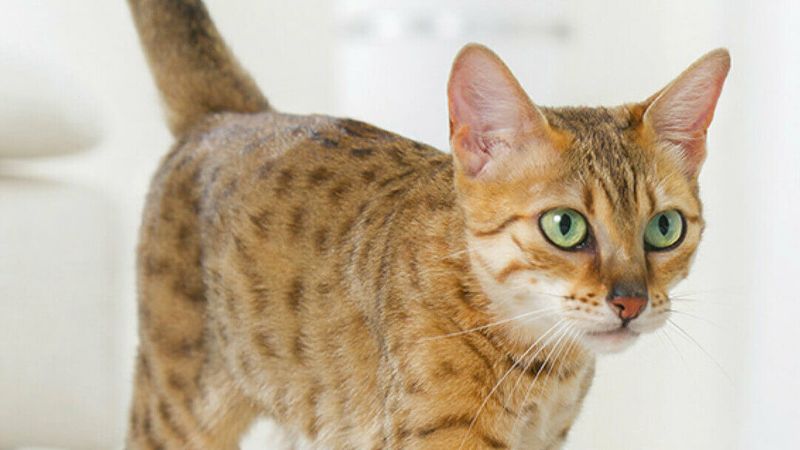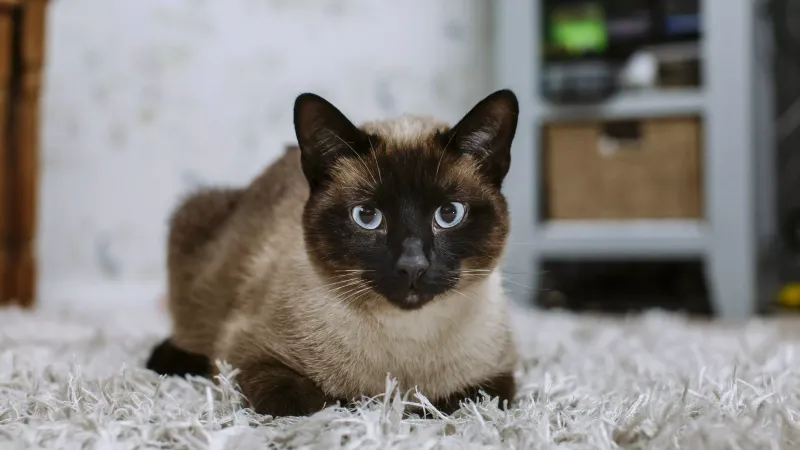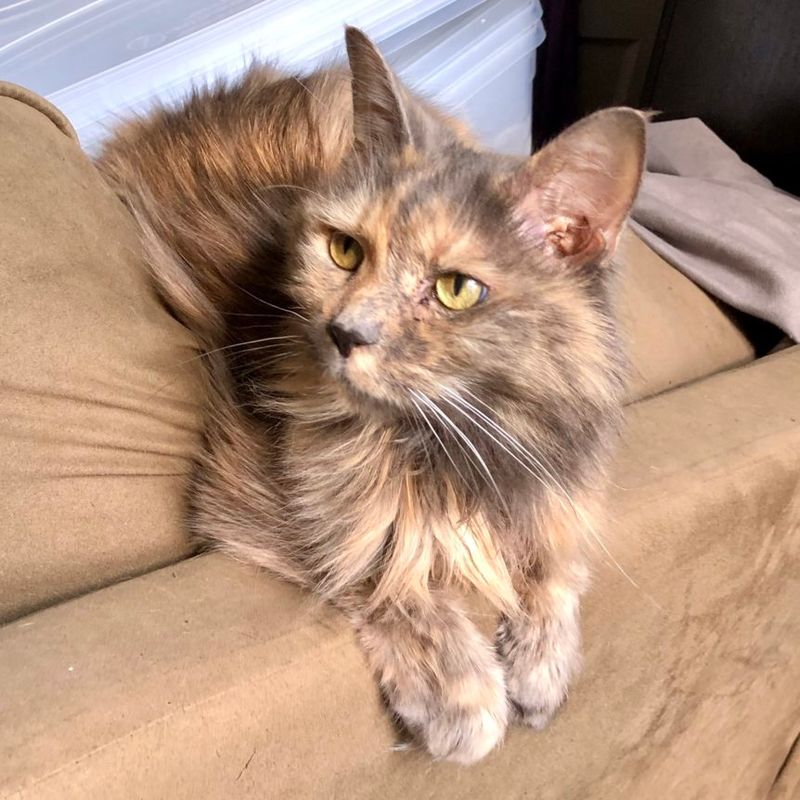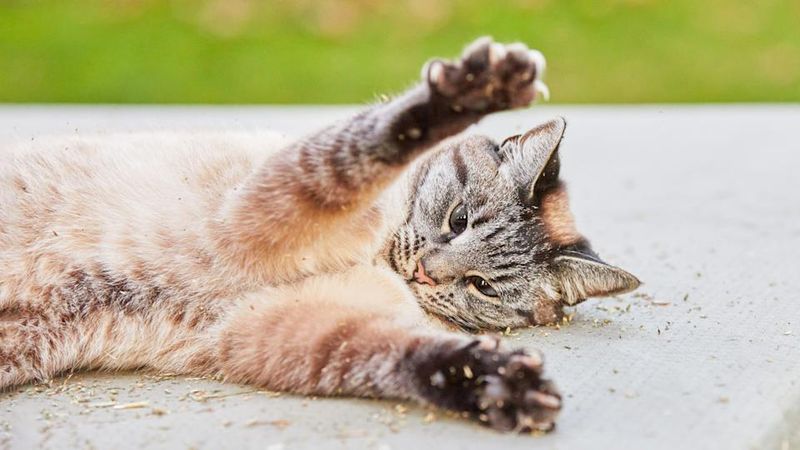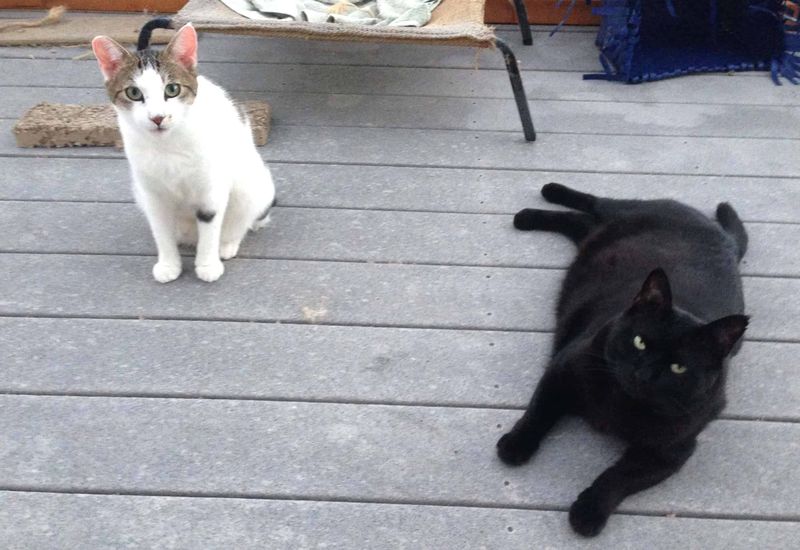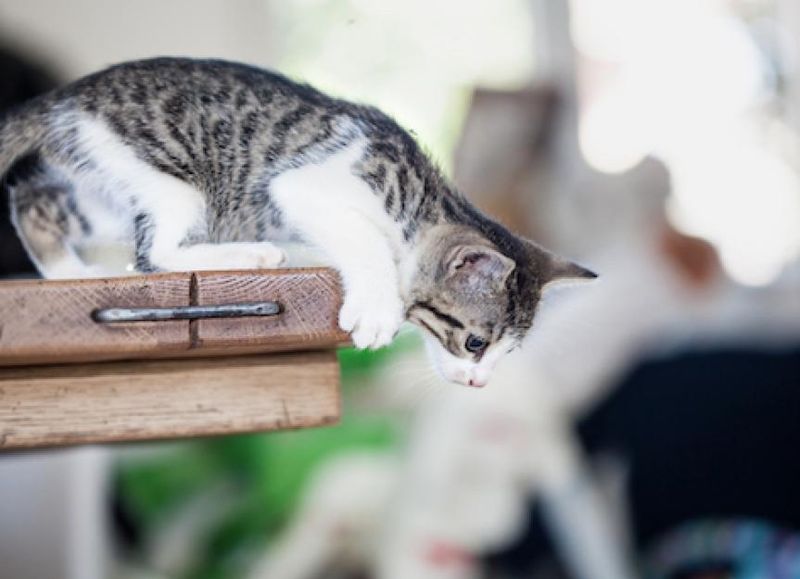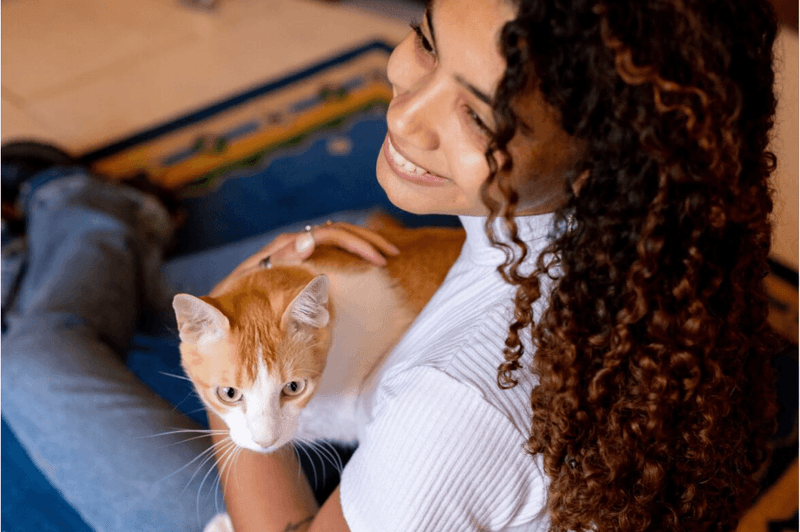📖 Table of Content:
- 1. Self-Soothing Superpowers
- 2. Rejection? No Problem!
- 3. Masters of the Emotional Reset Button
- 4. Boundary-Setting Champions
- 5. Unfazed by Life Changes
- 6. Emotional Independence Champions
- 7. Failure? Just Act Like You Meant To Do That
- 8. Selective Social Engagement
- 9. Stress-Release Through Play
- 10. Purr-fect Emotional Processing System
Cats display a quiet strength that often goes unnoticed in the animal world. Their ability to stay calm and composed during uncertainty sets them apart from more visibly expressive pets. This emotional steadiness is a defining trait of feline behavior.
Unlike dogs, who often react with visible enthusiasm or distress, cats manage their emotions with subtle grace. They adapt to new environments, recover from setbacks, and maintain boundaries with remarkable poise. Such traits reflect a deep-rooted instinct for self-preservation and balance.
This emotional resilience serves as more than just a survival mechanism. It reveals a way of coping with life’s unpredictability that prioritizes calm over chaos. Observing how cats handle stress can provide quiet insight into emotional intelligence across species.
1. Self-Soothing Superpowers
Emotional support animals have nothing on cats—they are self-sufficient in managing their emotions. With a little sunlight, a stretch, or a grooming routine, they naturally find their calm.
This self-reliance is remarkable. No therapist appointments or comfort foods required! They’ve perfected the art of self-regulation through purring, which actually releases healing vibrations that reduce stress and promote bone health.
Unlike dogs who might pace anxiously when owners leave, cats simply curl up and reset their emotional state through sleep. Their innate ability to comfort themselves without external validation shows extraordinary emotional intelligence.
2. Rejection? No Problem!
Cats handle rejection like seasoned dating pros. When their affection is rebuffed, there’s no sulking or desperate attempts to win approval. They simply walk away with dignity intact, tail held high as if to say, “Your loss, human.”
This remarkable ability stems from their wild ancestry, where wasting energy on emotional wounds could be deadly. They’ve evolved to conserve emotional resources by moving on quickly from social disappointments.
Dogs might whimper and try repeatedly to gain attention, but cats redirect their focus elsewhere. This emotional efficiency allows them to maintain their self-worth regardless of others’ responses—a skill many humans spend years in therapy trying to develop.
3. Masters of the Emotional Reset Button
Bad day? Cats don’t dwell. They possess an almost supernatural ability to reset their emotional state through sleep. A quick 20-minute catnap works wonders for erasing negative feelings and starting fresh.
Their brain chemistry actually changes during these power naps, washing away stress hormones and refreshing their outlook. Unlike dogs who might carry anxiety for hours, cats emerge from sleep ready for a clean emotional slate.
Scientists have found that cats spend 15% of their sleep in REM state—the emotionally processing phase. This efficient emotional clearing system means yesterday’s spilled water bowl disaster or missed treat opportunity doesn’t affect today’s mood. They live perpetually in the present.
4. Boundary-Setting Champions
Nobody enforces personal boundaries better than cats. They decide when petting starts and stops, often with a gentle warning bite when they’ve had enough. No people-pleasing behavior here!
This clarity about their emotional needs prevents the burnout dogs often experience from excessive socializing. Cats understand that emotional resilience requires knowing your limits and communicating them effectively.
The feline “time-out” method—retreating to a high perch when overwhelmed—demonstrates their emotional intelligence. They recognize when their emotional batteries need recharging and aren’t ashamed to take space. This self-awareness prevents the emotional exhaustion that comes from ignoring your own needs.
5. Unfazed by Life Changes
Furniture rearrangement, new roommates, or household schedule changes that send dogs into anxiety spirals barely register on a cat’s emotional radar. Their adaptability to change is legendary.
Cats approach new situations with cautious curiosity rather than panic. They observe first, then adjust their behavior based on what serves their interests. This pragmatic approach prevents the emotional rollercoasters dogs experience during transitions.
Research shows cats maintain stable cortisol levels during moderate environmental changes. Their secret? They create emotional constancy through portable comfort rituals—the same grooming routine, favorite nap spots, and scent-marking behaviors that ground them regardless of what’s changing around them.
6. Emotional Independence Champions
Cats don’t need constant validation to feel secure. Their emotional well-being doesn’t hinge on your approval or attention. This self-contained emotional system makes them incredibly resilient to the ups and downs of relationships.
Unlike dogs who might experience separation anxiety, cats maintain emotional equilibrium whether you’re gone for hours or days. Their wild ancestors were solitary hunters, not pack animals, so they’re genetically programmed for emotional self-sufficiency.
This doesn’t mean they don’t form attachments—studies show they absolutely do bond with their humans. The difference is they don’t make their entire emotional state dependent on external feedback. This healthy emotional independence prevents the codependency issues that can plague more needy pets.
7. Failure? Just Act Like You Meant To Do That
There’s no better at bouncing back from embarrassment than a cat. After a botched jump or an ungraceful fall, they groom themselves with ease and walk away as if they meant to do it all along.
This remarkable ability to preserve their dignity after setbacks prevents the shame spiral that can derail emotional resilience. Dogs might slink away with tail tucked, but cats refuse to internalize failure as part of their identity.
Their recovery speed is impressive too. Within seconds of a mishap, they’re back to normal activity levels with confidence intact. This talent for emotional compartmentalization—separating events from self-worth—creates a psychological buffer that protects their core confidence from life’s inevitable fumbles.
8. Selective Social Engagement
With their sharp sense of emotional balance, cats understand that not every social encounter is worth investing in. They selectively participate, focusing their energy where it counts the most.
While dogs greet every visitor with enthusiasm, cats evaluate whether the interaction offers value. This discernment prevents the emotional drain of forced socialization and the disappointment of investing in shallow connections.
Their approach mirrors successful human networking strategies—quality over quantity. By engaging fully with chosen companions rather than seeking universal approval, cats maintain emotional authenticity. This selective engagement strategy ensures their social interactions energize rather than deplete them, creating sustainable relationship patterns that protect their emotional well-being.
9. Stress-Release Through Play
Play is more than just a pastime for cats—it’s their way of managing emotions. They instinctively turn to play when they need to alleviate stress, using their hunting impulses as a therapeutic release.
The feline “zoomies”—those sudden bursts of frantic energy—serve as emotional pressure valves. This physical release transforms potential anxiety into joyful movement. Studies show play reduces cortisol levels in cats by up to 20%, demonstrating its powerful stress-management benefits.
Unlike dogs who might need owner-initiated activities, cats create their own therapeutic play sessions with whatever’s available—a paper ball, shadow, or imaginary prey. This self-directed emotional regulation through play demonstrates their intuitive understanding that physical activity is key to maintaining emotional balance.
10. Purr-fect Emotional Processing System
The cat’s secret weapon for emotional resilience lies in their purr—a built-in vibrational therapy system operating at 25-150 Hz, the exact frequency range shown to reduce stress hormones and promote healing.
When faced with pain, illness, or emotional distress, cats automatically activate this internal coping mechanism. The purr stimulates endorphin release while physically vibrating tension away from muscle tissue and nervous system.
Dogs rely on external comfort, but cats generate their own healing frequencies. This self-healing ability extends beyond physical benefits to emotional regulation. Scientists have documented how purring creates a meditative brain state similar to that achieved by human mindfulness practices, allowing cats to process difficult emotions without becoming overwhelmed by them.
